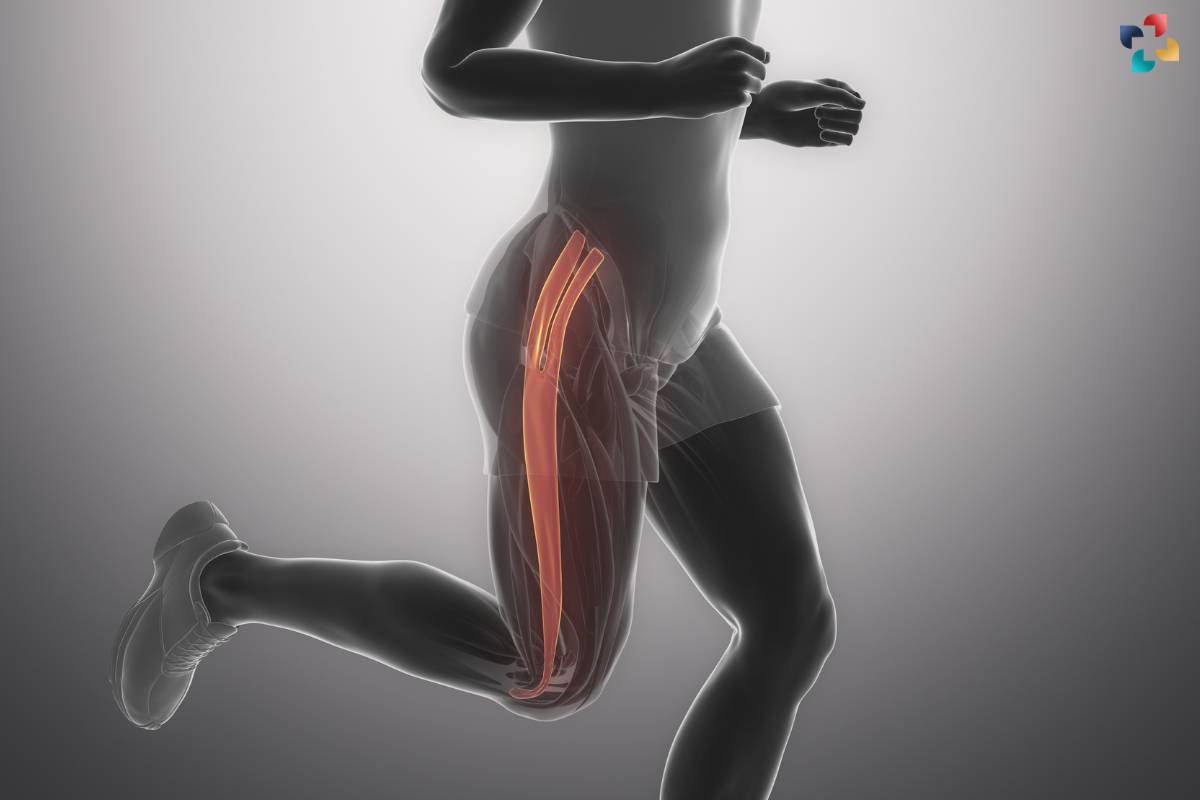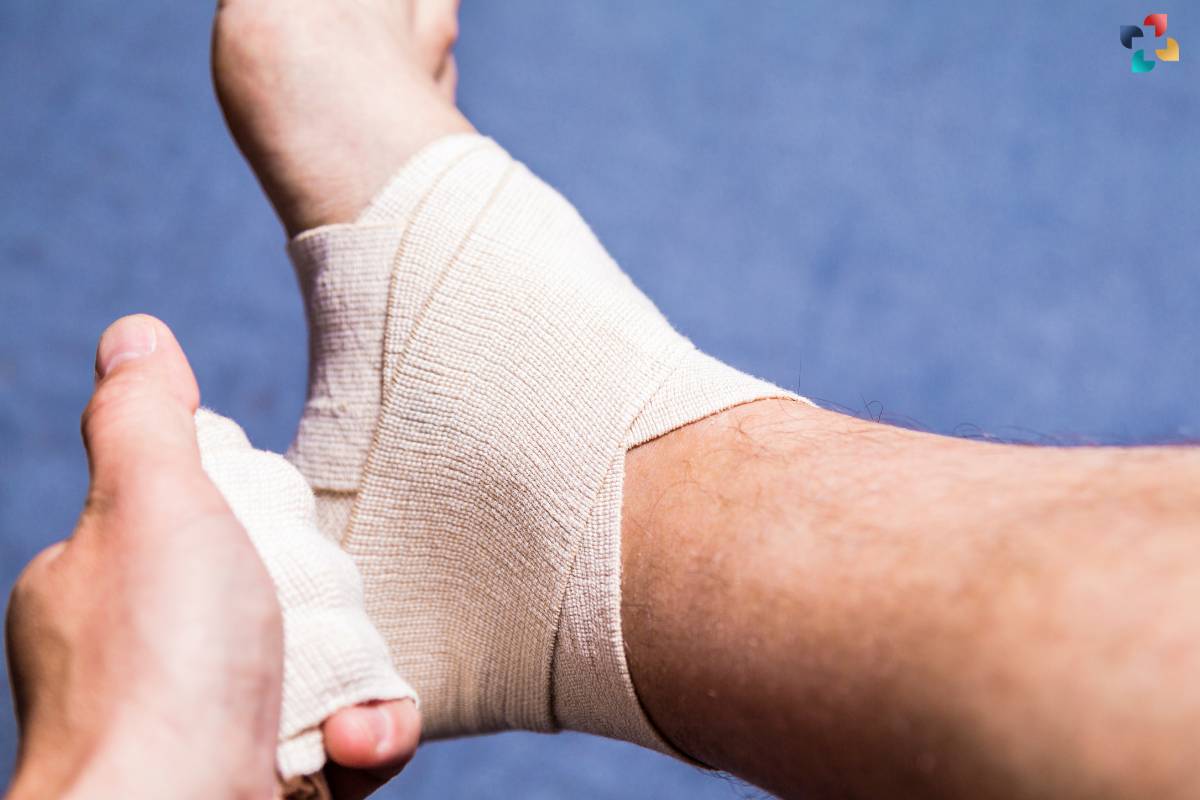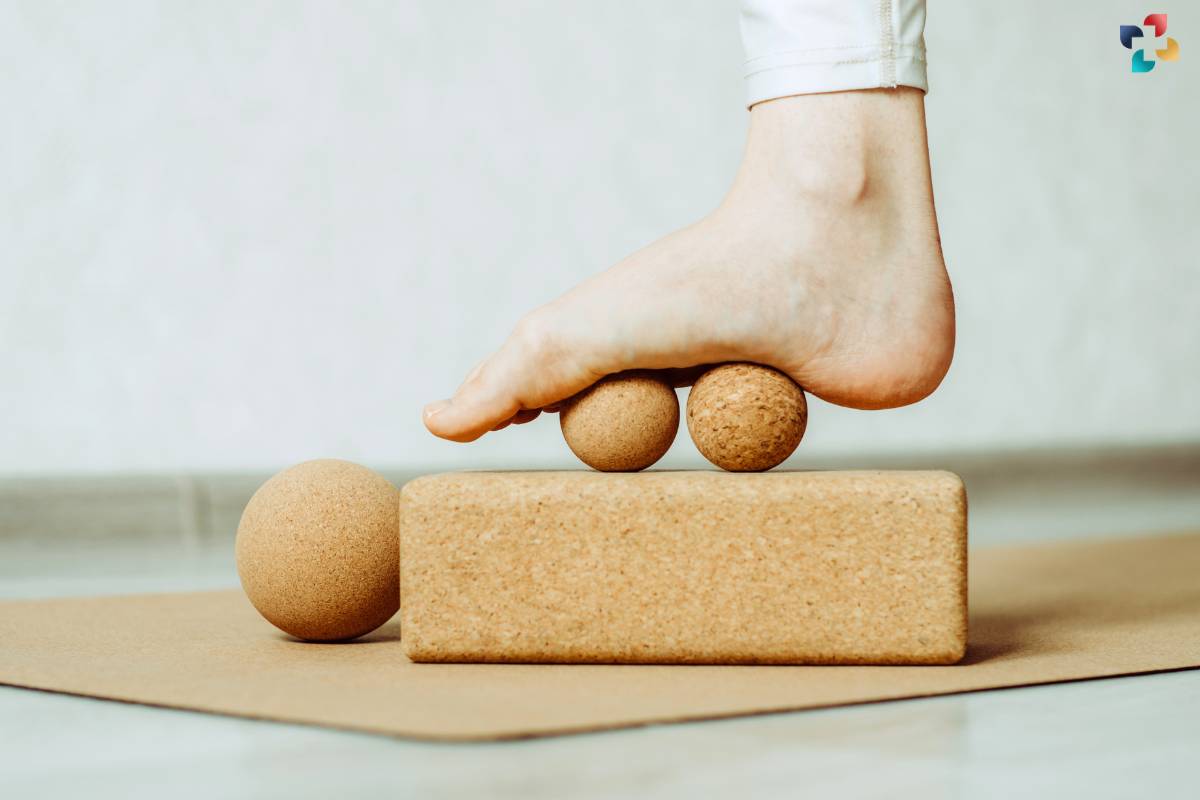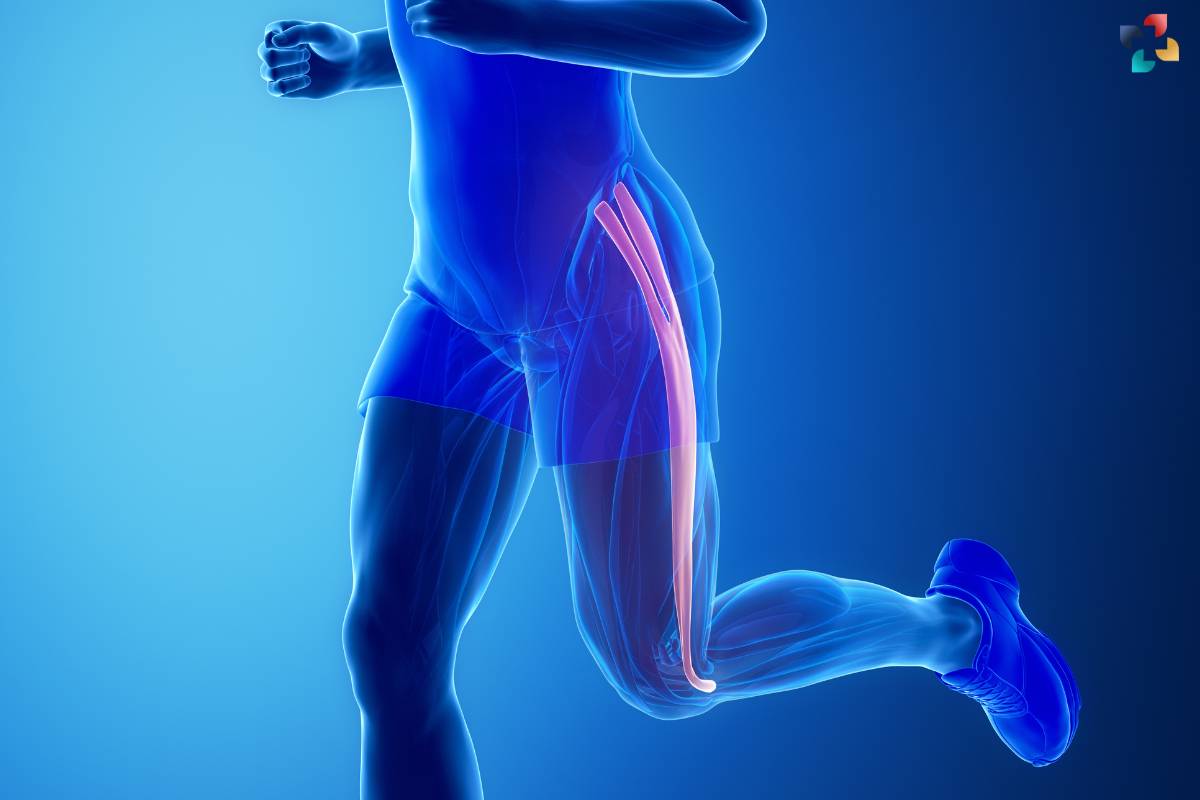The human body is a complex system of interconnected muscles and tissues, each serving a unique function in movement and stability. Among these muscles is the tensor fascia lata (TFL), a small but crucial muscle located in the hip region. In this comprehensive guide, we will explore the anatomy, function, and exercises related to the tensor fascia lata, shedding light on its importance in overall mobility and health.
Anatomy of the Tensor Fascia Lata
The tensor fascia lata is a thin, ribbon-like muscle situated on the lateral aspect of the thigh. It originates from the anterior aspect of the iliac crest, a bony prominence of the pelvis, and extends downward to insert into the iliotibial band (IT band), a fibrous band of tissue that runs along the outside of the thigh. This insertion point plays a crucial role in the stabilization of the hip and knee joints during movement.
In addition to its origin and insertion points, the tensor fascia lata also plays a significant role in maintaining proper alignment and stability of the pelvis and lower extremities. As part of the lateral hip musculature, the TFL works in conjunction with other muscles, such as the gluteus medius and minimus, to control pelvic tilt and rotation. This coordinated effort helps ensure optimal biomechanics during various activities, including walking, running, and standing.

Furthermore, the tensor fascia lata contributes to the tension and function of the iliotibial band (IT band), a thick fibrous structure that runs along the outside of the thigh. The IT band serves as a stabilizer for the hip and knee joints, providing support and preventing excessive lateral movement during weight-bearing activities. By inserting into the IT band, the TFL helps maintain tension in this structure, which is essential for maintaining proper alignment of the lower limb and preventing injury.
Overall, the anatomy of the tensor fascia lata highlights its crucial role in hip stability, pelvic alignment, and lower limb function. Understanding the structure and function of this muscle is essential for athletes, fitness enthusiasts, and healthcare professionals alike, as it provides valuable insights into the biomechanics of the hip and lower extremities.
Function of the Tensor Fascia Lata
The primary function of the tensor fascia lata is to assist in various movements of the hip and thigh. It works synergistically with other muscles of the hip, such as the gluteus maximus and medius, to stabilize the pelvis during activities such as walking, running, and climbing stairs. Additionally, the TFL helps in the abduction (movement away from the midline) and flexion of the thigh at the hip joint.
Furthermore, the tensor fascia lata plays a crucial role in maintaining proper biomechanics and alignment of the lower limb during dynamic movements. As the body moves, the TFL works to stabilize the pelvis by counteracting forces that could otherwise cause excessive lateral movement or rotation. This stabilization is particularly important during weight-bearing activities, such as running or jumping, where the pelvis and lower extremities are subjected to significant forces.

Moreover, the tensor fascia lata contributes to the tension and function of the iliotibial band (IT band), a thick fibrous structure that runs along the outside of the thigh. By inserting into the IT band, the TFL helps maintain tension in this structure, which is essential for stabilizing the knee joint and preventing excessive lateral movement of the thigh. This role is especially critical during activities that involve repetitive knee flexion and extension, such as running or cycling, where the IT band acts as a stabilizer and shock absorber.
Overall, the function of the tensor fascia lata extends beyond simple movement of the hip and thigh. It plays a vital role in stabilizing the pelvis, maintaining proper alignment of the lower limb, and providing support during weight-bearing activities. Understanding the function of the TFL is essential for athletes, fitness enthusiasts, and healthcare professionals alike, as it contributes to overall lower limb function and performance.
Exercises to Strengthen the Tensor Fascia Lata:
1. Side Leg Raises
Side leg raises are a simple yet effective exercise for targeting the tensor fascia lata and other hip abductor muscles. To perform this exercise, lie on your side with your legs stacked and lift the top leg toward the ceiling while keeping the hips stacked. Repeat on both sides for balanced development.
2. Clamshells
Clamshells specifically target the TFL and gluteus medius muscles. Begin by lying on your side with your hips and knees bent. Keeping your feet together, open your top knee as far as possible without rotating your pelvis. Return to the starting position and repeat.

3. Hip Abduction Machine
Using a hip abduction machine at the gym allows for targeted strengthening of the tensor fascia lata and other hip abductor muscles. Sit in the machine with your knees against the pads and push your legs outward against the resistance.
4. Standing Hip Abduction
Stand upright with a resistance band looped around your ankles. Keeping your core engaged and hips stable, lift one leg out to the side against the resistance of the band. Return to the starting position and repeat on both sides.
5. Lateral Lunges
Lateral lunges engage the tensor fascia lata along with other hip and thigh muscles. Start by standing with your feet hip-width apart. Step to the side with one foot, bending the knee and lowering your body into a lunge position. Push off the bent leg to return to the starting position and repeat on the other side.
Conclusion
The tensor fascia lata may be small in size, but its role in hip stability and movement cannot be understated. By incorporating targeted exercises into your fitness routine, you can strengthen this muscle and improve overall hip function, contributing to better mobility and reduced risk of injury.
FAQs
1. What causes tensor fascia lata pain?
Pain in the tensor fascia lata (TFL) can result from overuse, strain, or injury to the muscle or its associated structures. Activities such as running, cycling, or prolonged sitting can contribute to TFL pain.
2. How can I stretch my tensor fascia lata?
To stretch the tensor fascia lata, perform exercises such as the standing TFL stretch or the lying TFL stretch. These stretches involve gently lengthening the muscle by extending the hip and thigh while keeping the pelvis stable.
3. What are common signs of tensor fascia lata syndrome?
Common signs of tensor fascia lata syndrome include pain or tenderness on the outside of the hip or thigh, stiffness or tightness in the hip or thigh muscles, and discomfort with activities that involve bending or straightening the hip.
4. Can tensor fascia lata syndrome be prevented?
While it may not always be possible to prevent tensor fascia lata syndrome, certain measures can help reduce the risk. These include maintaining good flexibility and strength in the hip and thigh muscles, avoiding overuse or repetitive movements, and using proper technique during physical activities.
5. When should I seek medical attention for tensor fascia lata pain?
If you experience persistent or severe pain in the tensor fascia lata, or if the pain interferes with your daily activities, it is advisable to consult a healthcare professional for evaluation and treatment. They can provide a proper diagnosis and recommend appropriate interventions to address the issue.






